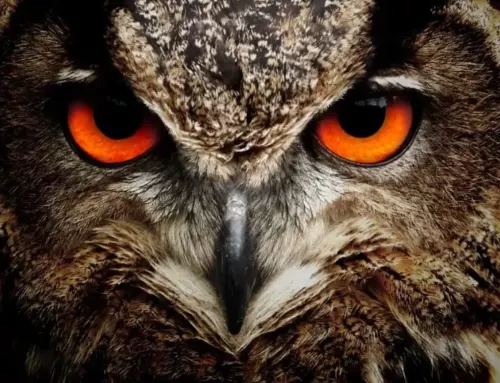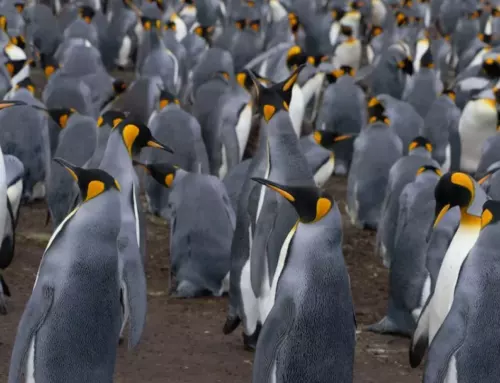New Zealand’s snares penguins got their name from the deserted Snares Island penguins group, where they can be seen in large numbers. Because of its mild climate and ample foliage for nesting and roosting, New Zealand is a great location for these penguins. The penguins have all they need to live comfortably in their habitat.
There is a penguin species native to New Zealand called the Snares penguin (Eudyptes robustus), sometimes known as the Snares crested penguin and the penguin of the Snares Islands. Snares Islands, a chain of islands off the coast of the South Island, are where you’ll find this species’ breeding grounds. The yellow-crested penguin measures in at 50-70 cm (19.5-27.5 in) in length and can weigh between 2.5 and 4 kg (5.5–8.8 lb). The top half is a dark blue-black color, while the bottom half is white. It has a bright yellow eyebrow-stripe that arcs down and out over each eye. The base of its broad, reddish brown beak is naked pink skin.
Colonies of this species can have anywhere from ten to twelve hundred nests, and they prefer to set up shop in wooded areas or open areas. North East Island is home to the majority of colonies, however smaller communities have been created on neighbouring Broughton Island and the rugged Western Chain. The diet of a Snares penguin primarily consists of krill, with squid and tiny fish as supplementary items. As the species can only reproduce on a handful of islands, the International Union for the Conservation of Nature (IUCN) has classified it as a vulnerable species. It is thought that there are somewhere in the neighborhood of 25,000 breeding pairs.
Appearance

The underside of this crested penguin is white, while the top is a dark slate grey. The Snares crested penguin has a darker beak than other species. The animal’s head is adorned with a pale yellow band that begins at the base of the beak, just above the eyes, and grows into a crest of feathers that cascades down both sides of its posterior crown. The penguin has black around its neck and chin, and its eyes are a vivid crimson. The tip of the bill, which is brownish red, is framed by a pale pink skin.
It has tiny legs and webbed feet that are colored a light pink and adorned with sharp black claws. It’s impossible to tell a male penguin from a female, yet the males are larger and have thicker beaks. The juvenile of this species has a smaller and less elaborate crest, a brownish beak, and black patches on its otherwise white throat, all of which set it apart from its adult counterpart. The chicks’ thick first down is dark brown on top and pale on the bottom, while the second down is similar but has pure white underparts.
Habits and Lifestyle

They breed during the daytime hours. They form nesting colonies and wander through the wilderness in small groups. Adult penguins moult in March and April at their breeding colonies. During the months of January through March, penguins that don’t breed moult on the rocky outcrops that overlook their landing sites. Snares penguins spend around three to four weeks on land in order to moult. Sometimes these penguins can be quite hostile and possessive of their territory.
Penguins establish their social status through physical interactions, such as pushing each other with their beaks during conflicts. It is common for penguins to huddle together for warmth, as is the case here. They also spend a lot of time preening, which involves rubbing oil from a gland on their rump into their feathers to keep them waterproof.
Diet and Nutrition
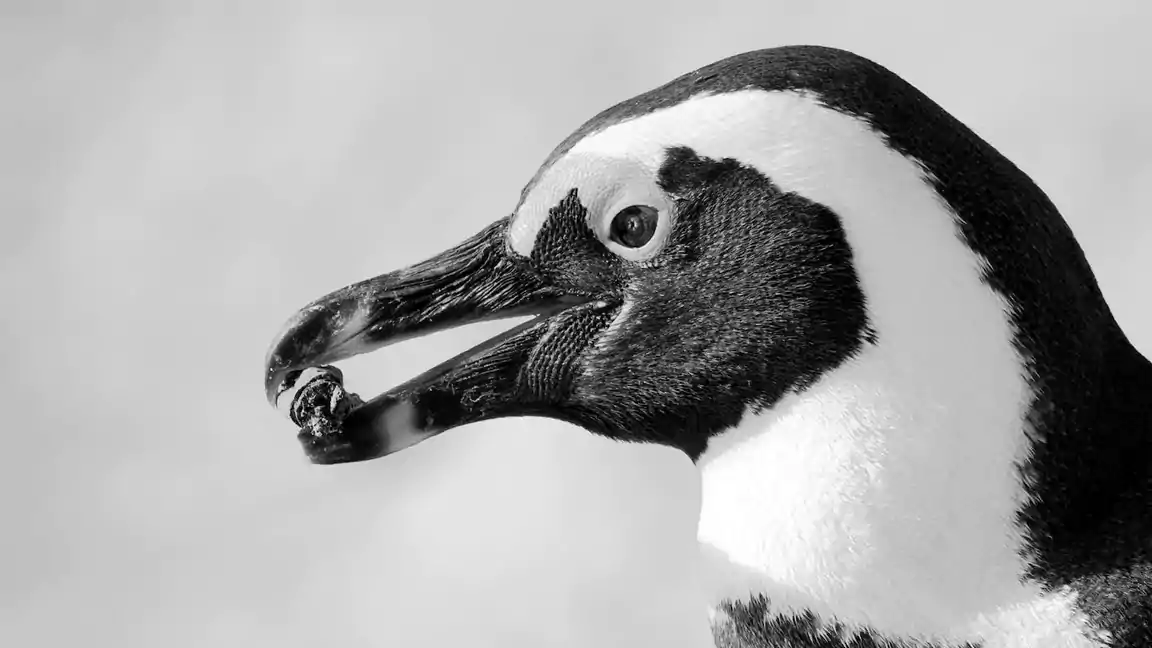
Carnivorous snares penguins (piscivores). The fish, krill, and squid that populate the warm seas off the coast of southern New Zealand make up the bulk of their food.
Mating Habits
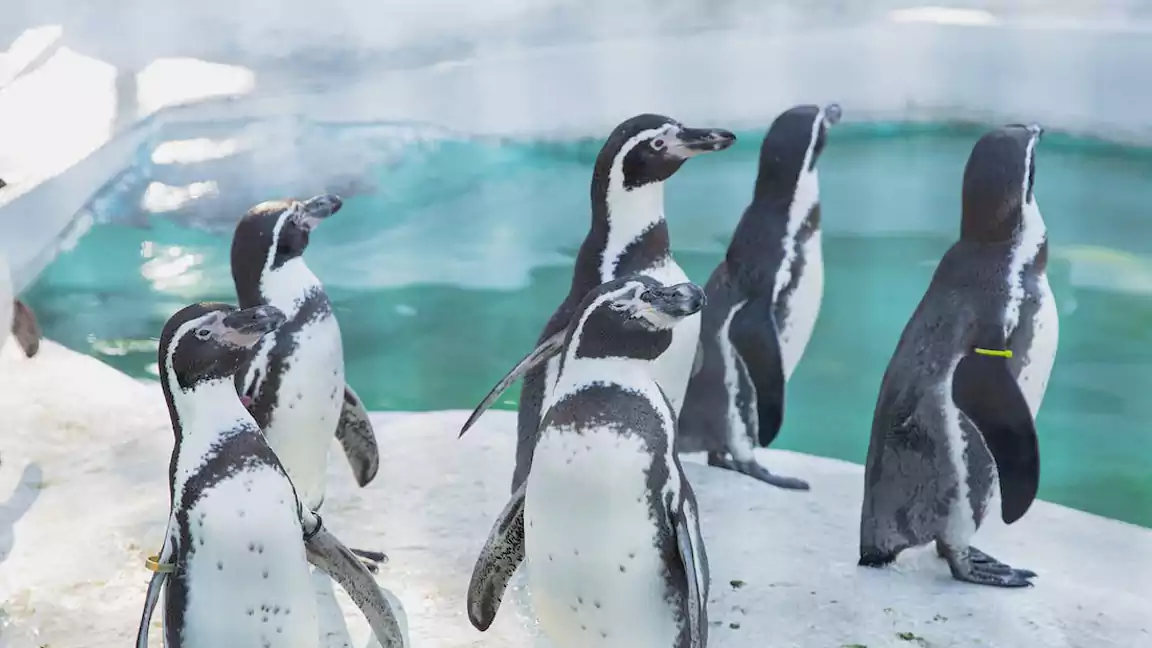
Snares penguins are monogamous, meaning they form lifelong partnerships and return to the same nesting locations each season. Usually, males show up a week before females. In September and October, they begin to mate, and hundreds of pairs will congregate for the occasion. Nests are often dug by the male with the female’s assistance, and are relatively shallow. The female will lay 2 eggs when the nest is ready, but typically only the larger of the two will hatch.
During the 31-37 day incubation cycle, the male and female take turns sitting on the eggs every 5-25 days. Typically, once the chick has hatched, the male will tend to it while the mother goes out to get food. At around the 20-day mark, the chick is introduced to a group of other young birds. The baby penguin will fledge, or leave land, at 11 weeks of age. Even though snares penguins can have their first mate at the ripe old age of 6, they don’t start doing so until they’re 5 to 9 years old.
Population
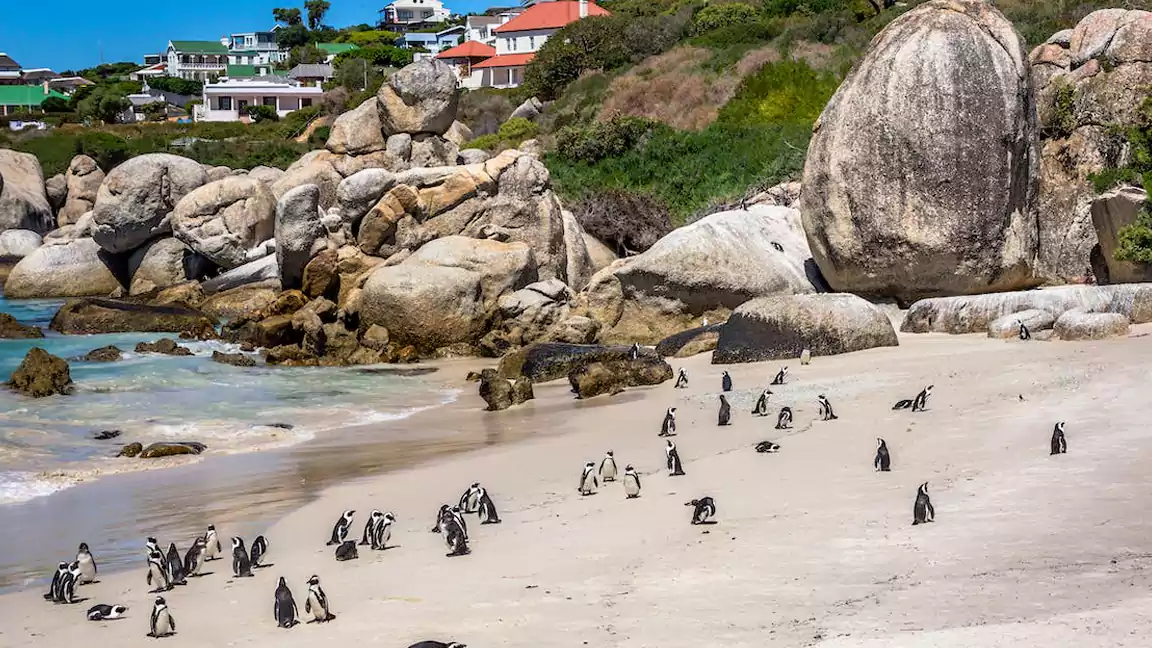
Population Threats

Commercial fishing is the greatest threat to these animals’ numbers since the waters near the Snares Islands are rich in squid, attracting massive fishery that subsequently reduces the quantity of prey items.
Population Number

Current estimates place the total penguin population at around 63,000 mature birds, and this number appears to remain constant. The Snares penguin is classified as Vulnerable (VU) on the IUCN Red List of Threatened Species.
Facts About Snares Penguins
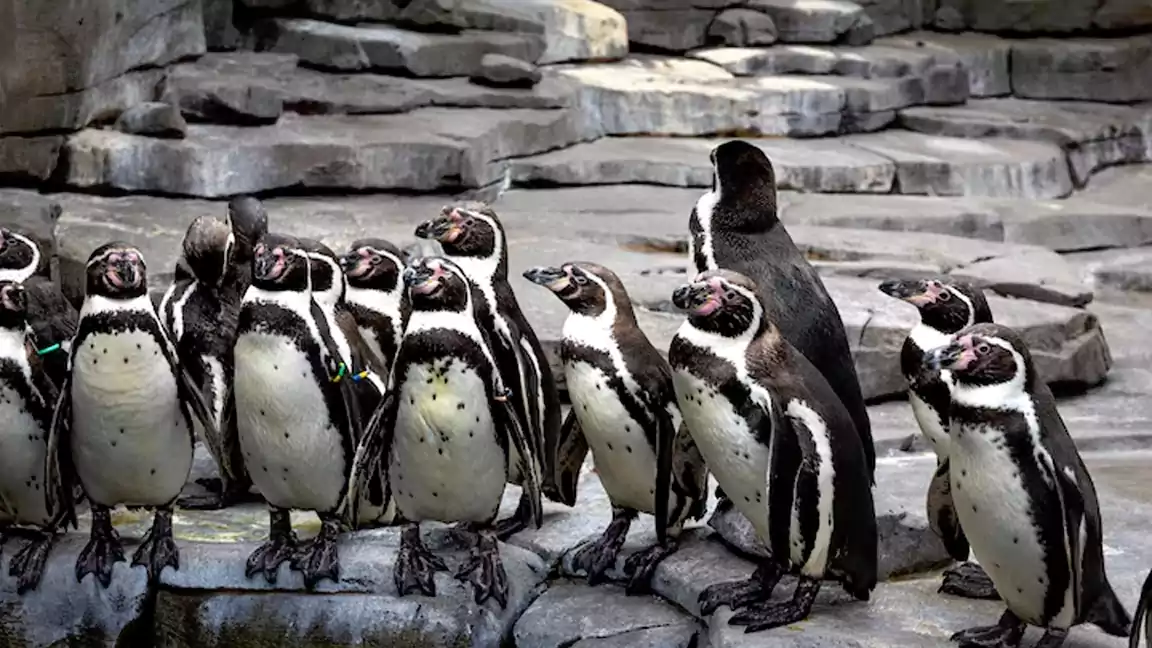
The snares penguin facts is an intriguing kind of penguin. They are located among a series of islands called the Snares, which lie just off the coast of New Zealand.
Because They Call Snare’s Island Home, Their Name Include That Element

The small series of islands known as The Snares, located about 200 kilometers south of New Zealand, is home to the endangered Snares Penguin. They usually don’t venture more than two-hundred and fifty km from their breeding island.
They are Black and White to Camouflage in with the Ocean
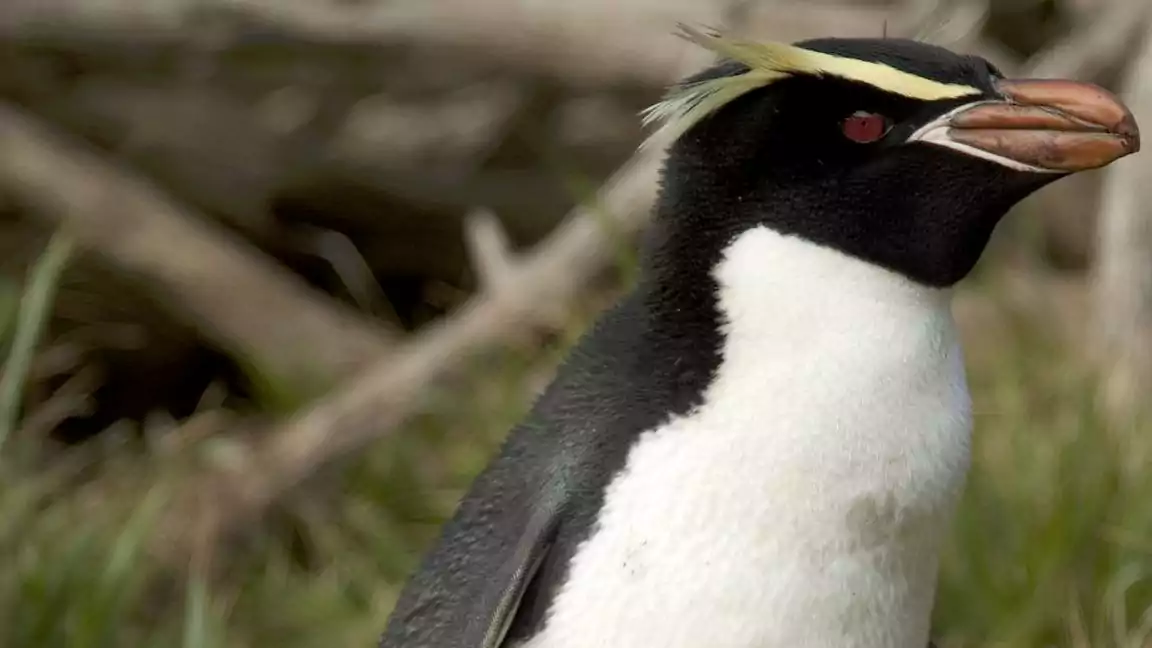
Penguins have adapted a remarkable ability to conceal themselves in their natural habitat. They spend the vast part of their lives in the water, therefore the countershading effect of their black and white plumage is crucial to their survival. From below, their white bellies disappear into the brighter surface waters, while above, their black backs provide superb camouflage against the inky depths.
Over Each of Their Eyes, There is a Tuft of Golden Feathers
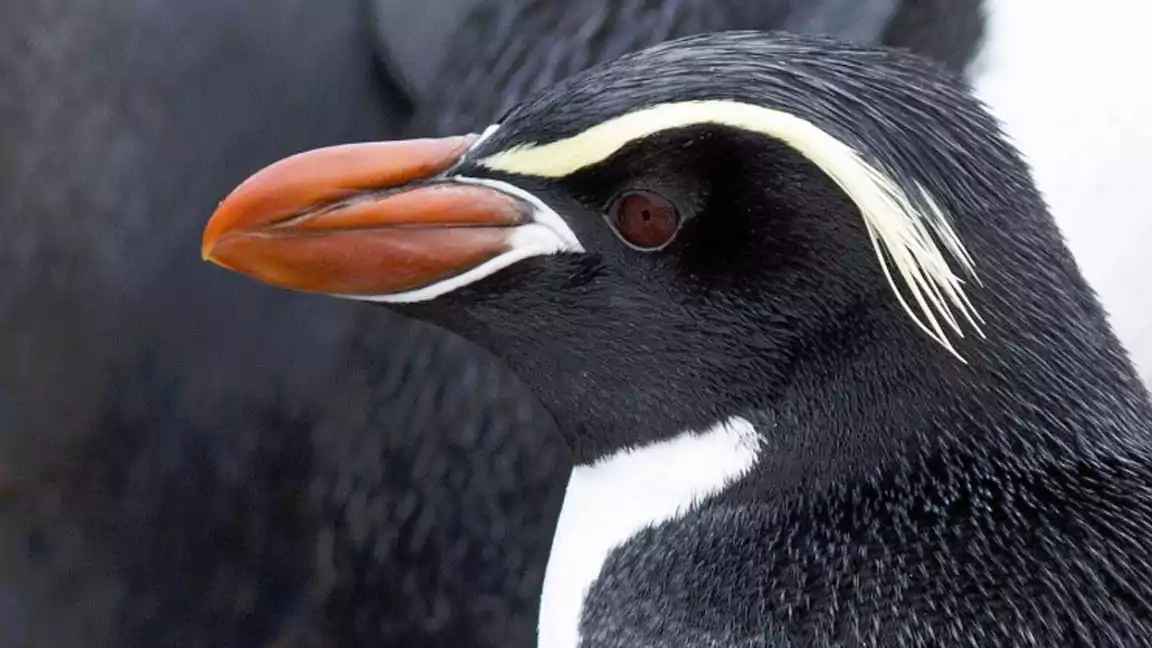
They belong to the crested penguin family and may be identified by the golden crest feathers that sit atop each of their heads. The ability to sacrifice some degree of concealment in order to attract a partner is a good indicator of overall health. One additional type of crested penguin found in New Zealand is the Fiordland penguin, which is visually quite similar to the Snares penguin. Some researchers even argue that it is misleading to classify them as different species at all because of how similar they are. The primary identifier between Fiordlands and Snares is the presence of pink skin around the beak of the former.
A Snares Penguin can Live for up to 20 Years
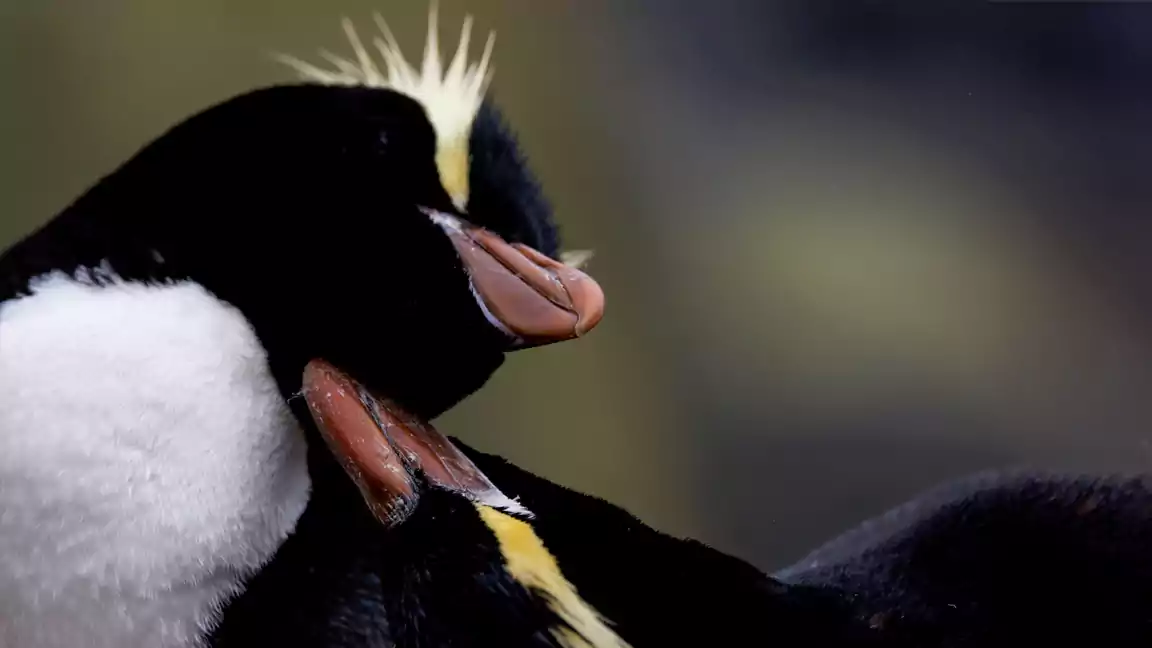
Depending on the environment, a snares penguin can live anywhere from 15 to 20 years in the wild. Most penguin species can expect to live to around 20 years old, so this is about par for the course. The average lifespan of a penguin in captivity is 30 years, but penguins that have been kept in captivity have been known to live to be 40 years old.
Its Diet Consists Primarily of Krill, Fish, and Squid
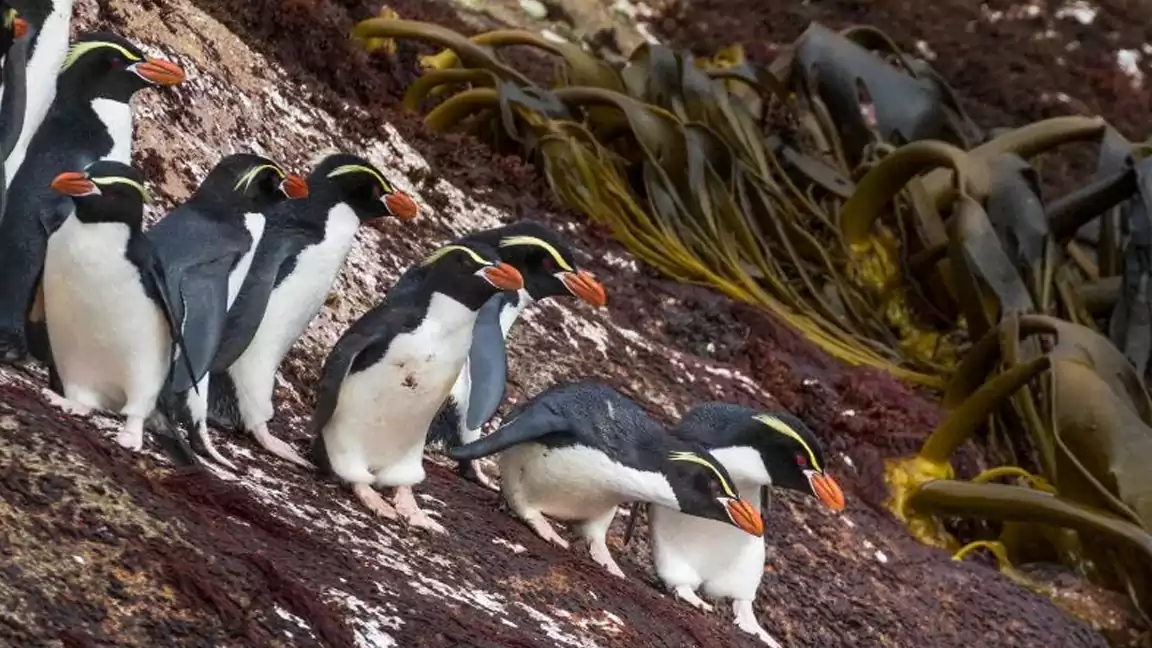
As is the case with other penguin species, snares penguins eat predominantly crustaceans (mostly krill), fish, and squid (mostly arrow squid). When researchers examined stomach contents, they found that krill made up nearly 60% of the animals’ diet.
They eat mostly shrimp and crab, with some fish and arrow squid. Red bait and red cod are the most common fish in their diet. Very popular among them are the Long-snouted Pipefish, Thornfish, and Rockfish, all of which may be caught off the rocky shores of Snares Island and are frequently brought home to feed the young.
The wild Population of Snares Penguins Currently Stands at Roughly 63,000 Individuals

In the wild, there are around 63,000 snares penguins, according to the most recent count. One of the tiniest penguin species, the snares penguin has a population of only about 30–31 million, making it one of the rarest penguins on Earth. Due of their isolation on a single island and their susceptibility to environmental and anthropogenic threats, the IUCN has classified them as vulnerable. On the IUCN’s scale, vulnerable species are in a better position than endangered ones. Commercial fisheries (especially a big squid fishery nearby), oceanic changes, and oil spills are the primary dangers to snares penguins.
They Produce Three Eggs, but Only Keep Two

Snares penguins usually have two chicks when they breed. In most cases, the mother will either refuse to incubate or actively expel the first egg because of its small size. As an alternative, she’ll give her full attention to incubating the second, larger egg. Each and every species of crested penguin shares this interesting fact.
Although the reasoning behind this tactic has been a topic of heated controversy among scientists for decades, it is thought that the first egg is ovulated while the mother is still at sea, making it impossible for her to devote herself totally to the egg while swimming for days on end. For this reason, the first egg is always the smallest and the one that doesn’t make it.
Seals and Sea Lions Prey on Them
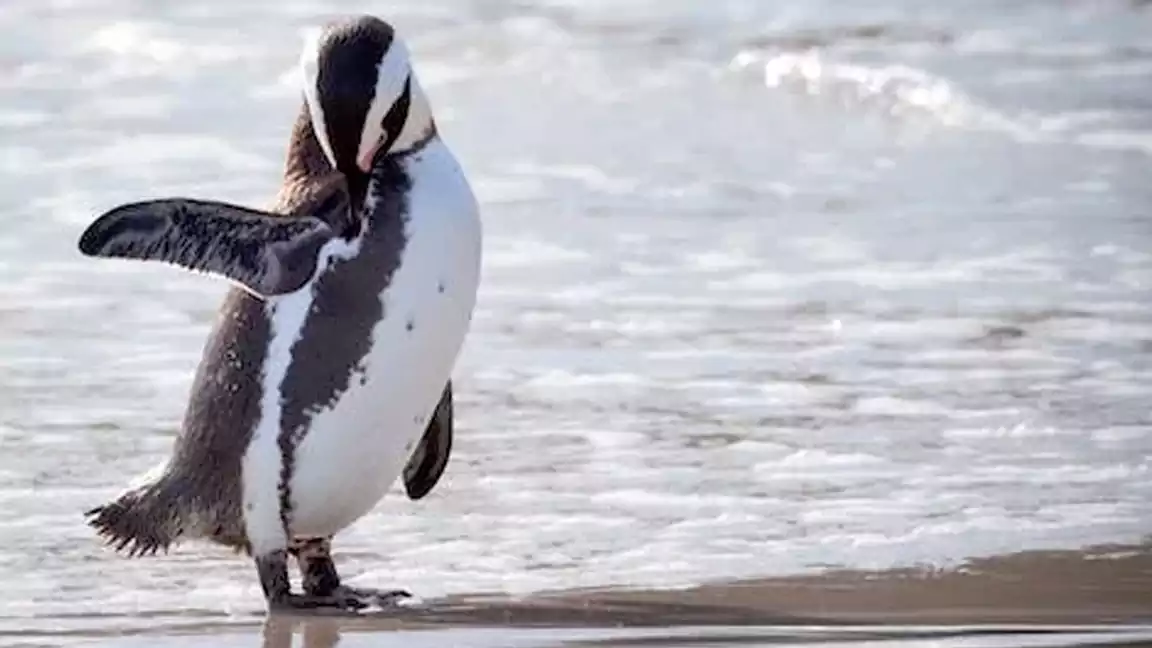
There are no terrestrial predators of the Snares penguin. Penguins spend the most majority of their time at sea, and it is there that they face their primary predators. New Zealand fur seals and hookers sea lions are among their predators. Leopard seals, orcas (killer whales), and sharks are among the animals that occasionally prey on them. Unprotected eggs or young chicks on land may be eaten by skuas, gulls, or southern giant petrels. Injured or dying adults are likewise a potential target.
The Snares Penguin’s Salt Gland Makes it Possible for it to Digest Seawater

The hyper ocular gland of the Snares penguin is a salt gland. This structure, located at the top of the skull, just above the eye, regulates the amount of salt in the blood. Being marine or coastal dwellers, they take in a lot of salt water through their diets, particularly when they swallow whole fish. Because penguins are birds, their kidneys are not particularly well-suited to digesting salt. When they sneeze or shake their heads, water droplets containing extra salt are released through the nostrils.

